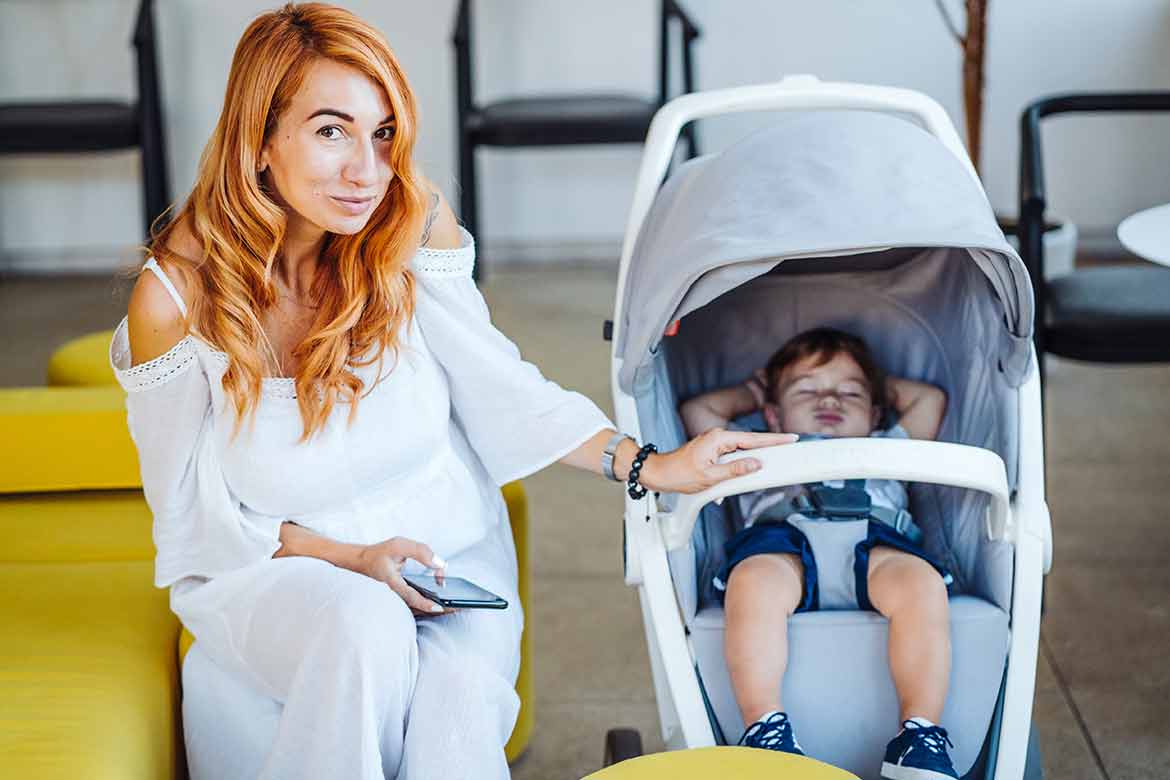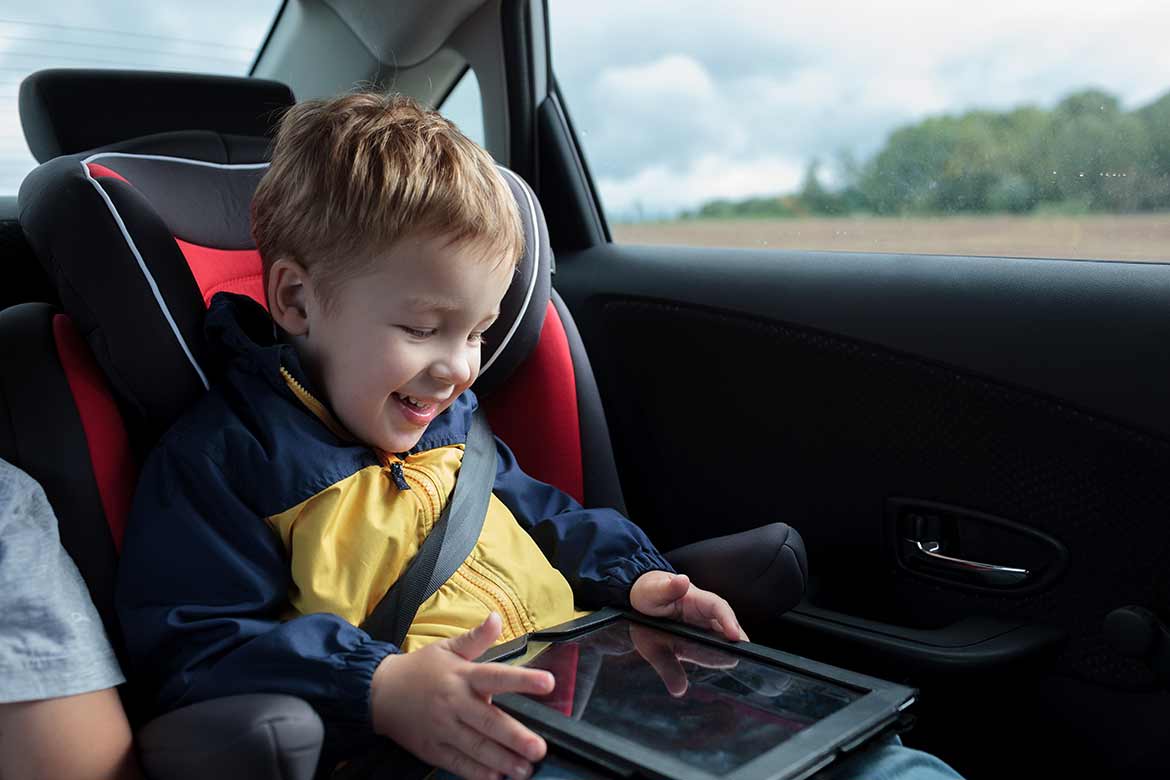Your baby’s safety is your duty. The accompanying baby equipment safety tips should help you keep your baby out of danger from birth through their baby years.
Here are some basic safety guidelines to follow:
- Run your fingers over the equipment, and contact each spot with which the baby is probably going to come in contact. Stay away from harsh surfaces or surfaces that could turn out to be perilously hot whenever exposed to the sun.
- Review all hinges, springs, or moving parts to ensure there are where your baby’s hands, feet, fingers, or toes could get captured or squeezed.
- Look at all little parts, straps, and covers to ensure they are affixed safely.
- In the event that equipment should be gathered, read it and follow every one of manufacturer’s direction.
1. High Chairs and Strollers for Baby

Make sure a high chair or stroller has a decent tackle. Affix it immovably to keep your child from climbing or falling out.
Overlay a stroller a couple of times and lift it into the folded position to see whether it will fit effectively into the tackle of your car.
Ensure the mechanism that keeps a folding high chair or stroller open is safely secured when in use.
Ensure all surfaces are smooth and nontoxic and that all latches, hinges and different highlights are good to go and distant to your baby’s hands and fingers.
Ensure a stroller has strong wheels; rear wheels should accompany safeguards.
2. Toys for Baby

Safety is the main thought when choosing toys. The truth of the matter is, some toys can be precarious waiting to happen.
- Ensure that any item – or any removable piece of a thing – is no under 11/4 inches in any measurement so it can’t be gulped or produce choking.
- Keep away from anything with sharp corners, barbed edges, or sharp distensions.
- Keep away from toys made with straight pins, sharp wires, nails, and other perilous materials.
- Check to ensure that all materials and paints utilized in the creation of any thing are safe (not glass or fragile plastic) and labeled nontoxic.
- Stuffed toys ought to be labeled “nonflammable,” “fire safe,” or “fire resistant,” just as “launder-able.”
- Check for durability and tough development. Try not to be modest about removing a toy from its box and giving it a decent going-over.
- On the off chance that it very well may be broken into little pieces, if buttons or decorations can be removed without a lot effort, or if parts can squeeze or trap fingers or catch hair, the toy is conceivably risky.
- Guidelines go far toward protecting your child from risky toys, yet they are not an absolute guarantee. It is consistently conceivable that a marginally defective item will slip past the safety checks and end up in a store.
- Also, many toys from different nations are not dependent upon such guidelines and many toys that were delivered before the guidelines became effective end up on more informal markets, for example, flea markets or garage sales. Prior to buying any toy for your baby, give it a decent going-over yourself to ensure that all safety factors are all together.
- Check toys periodically to ensure they are in decent repair. An item that passes all safety checks at the hour of procurement can quickly turn into a serious risk when it is broken, chipped, or in any case harmed.
ALSO READ: How a baby cries to express different expressions!!
3. Baby Safety in the Car

- Continuously utilize a federally approved car safety seat when going in a motor vehicle.
- Carefully read safety seat guidelines, just as directions in your vehicle’s owner’s manual, to guarantee that the seat has been appropriately installed.
- The American Academy of Pediatrics suggests purchasing a new car seat except if you’re certain a pre-owned seat has never been in an accident.
- NEVER convey your baby in your lap while you ride in a car.
- For the initial 2 years of a baby’s life, car seats should confront the back of the car. The most secure area for the car seat is the center of the back seat.
- NEVER put the baby in the front seat of cars, particularly those with airbags. In the event that you have a truck with no back seat, you ought to separate the airbag while the baby’s seat is in the car.
- Check the stature and weight limits on your child’s car seat occasionally to be certain they haven’t outgrown of it. You’ll likewise have to change the situation of the saddle ties as your baby get bigger.
4. Clothes of Baby

Notwithstanding safety, solace, convenience, and simplicity of cleaning are significant in choosing clothes for babies and children. In this manner, think about the accompanying ideas:
- Try to purchase clothes produced using flame- resistant fabric. Numerous manufacturers are currently utilizing such materials only, yet it is savvy to read all label cautiously.
- Ensure any little items, like buttons, strips, or decorated features connected to your baby’s clothing are affixed safely. A button (or whatever is pulled off or tumbles off) can promptly turn into a choking danger. Likewise verify that zippers or elastics are sewed emphatically into the place. On the off chance that the thread around such highlights starts to disentangle, the article ought to be fixed or taken out before incidental ingestion turns into a chance.
- Layettes (a term used to depict the attire for a newborn) are by and large a matter of decision. Alongside an abundant supply of diapers, your baby will likewise also need several changes of clothes day by day, like sleepers, stretch suits, pajamas and undershirts; a getting blanket; clothes for warm-weather outings or a weaved cap for cold weather trips; socks or booties; and sweaters, or likewise clothes for trips in cooler weather.
- Wash your baby’s clothes in gentle soap or gentle cleanser and twofold flush them. Try not to wash them with the remainder of your clothing, and don’t utilize fabric softeners, since large numbers of them contain contain chemicals that may irritate your child’s skin. It’s ideal to keep washing your baby’s things separately for the initial months until skin turns out to be less sensitive.
ALSO READ: 5 tips for to be father to prepare on arrival of baby
